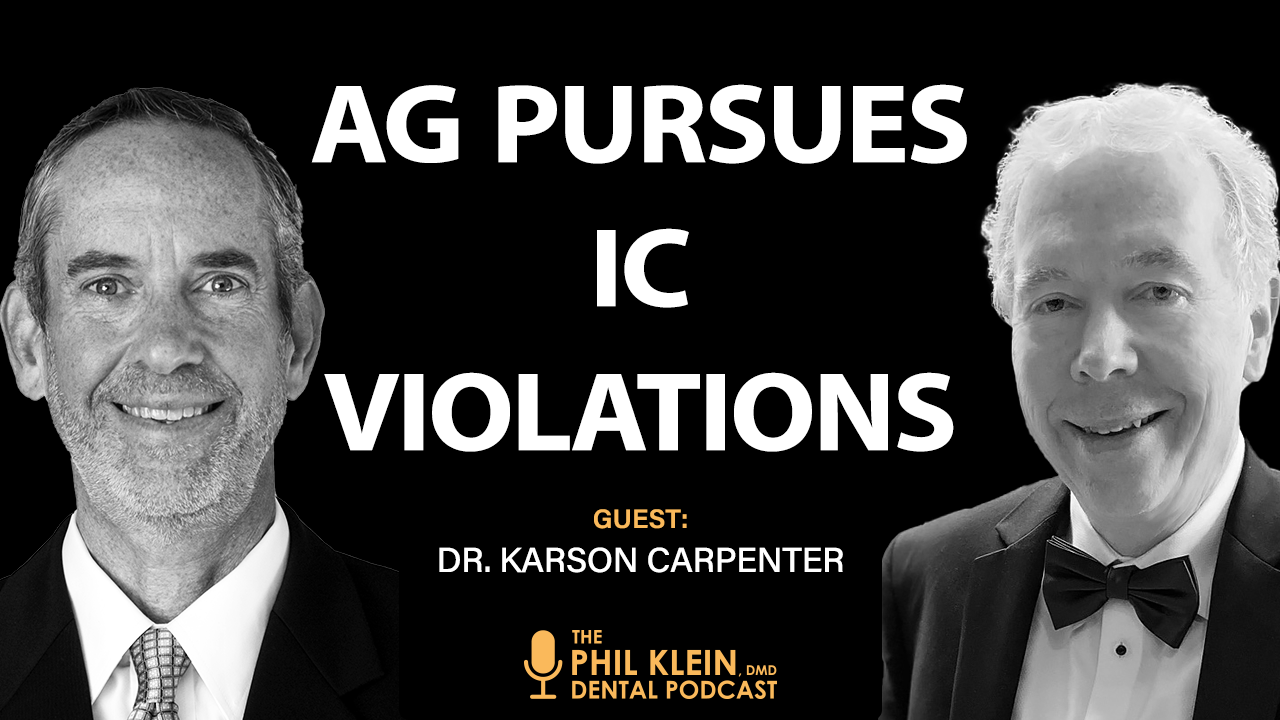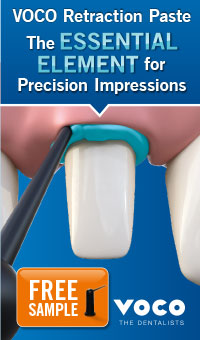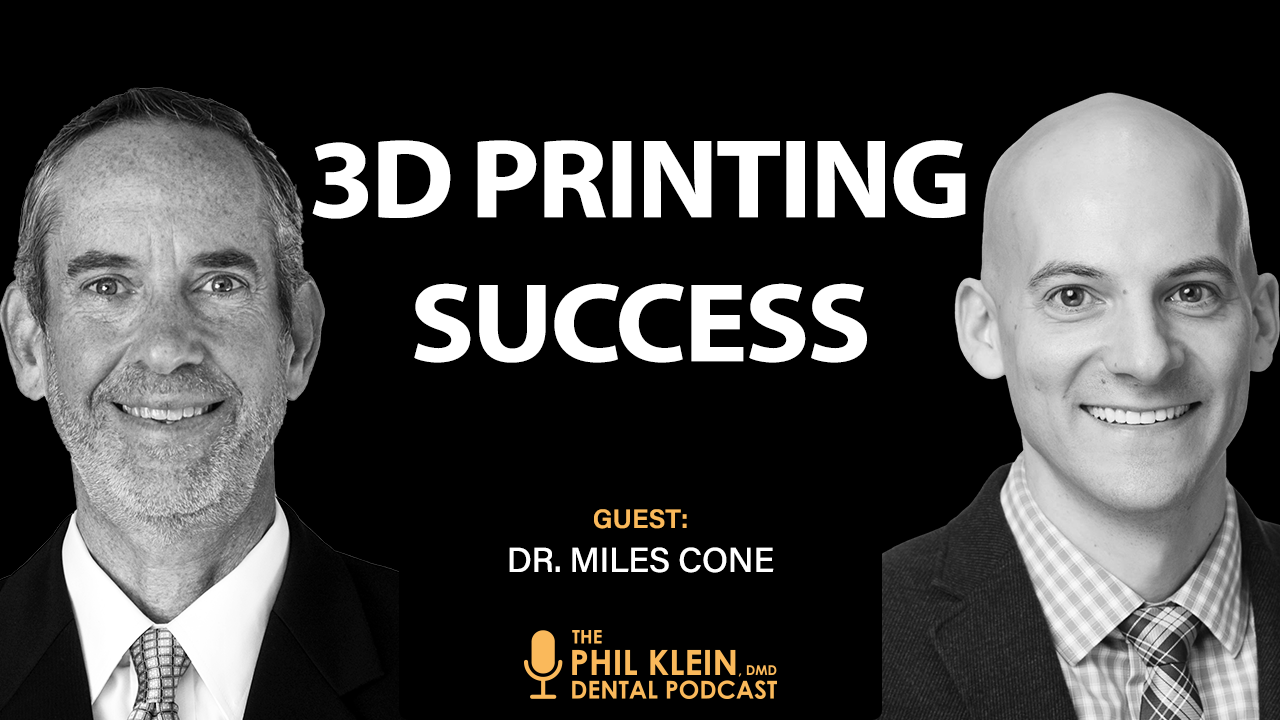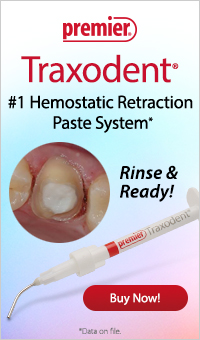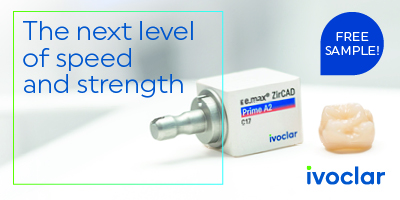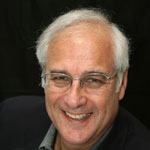
Conservative Treatment of Geriatric Patients with Worn Dentition
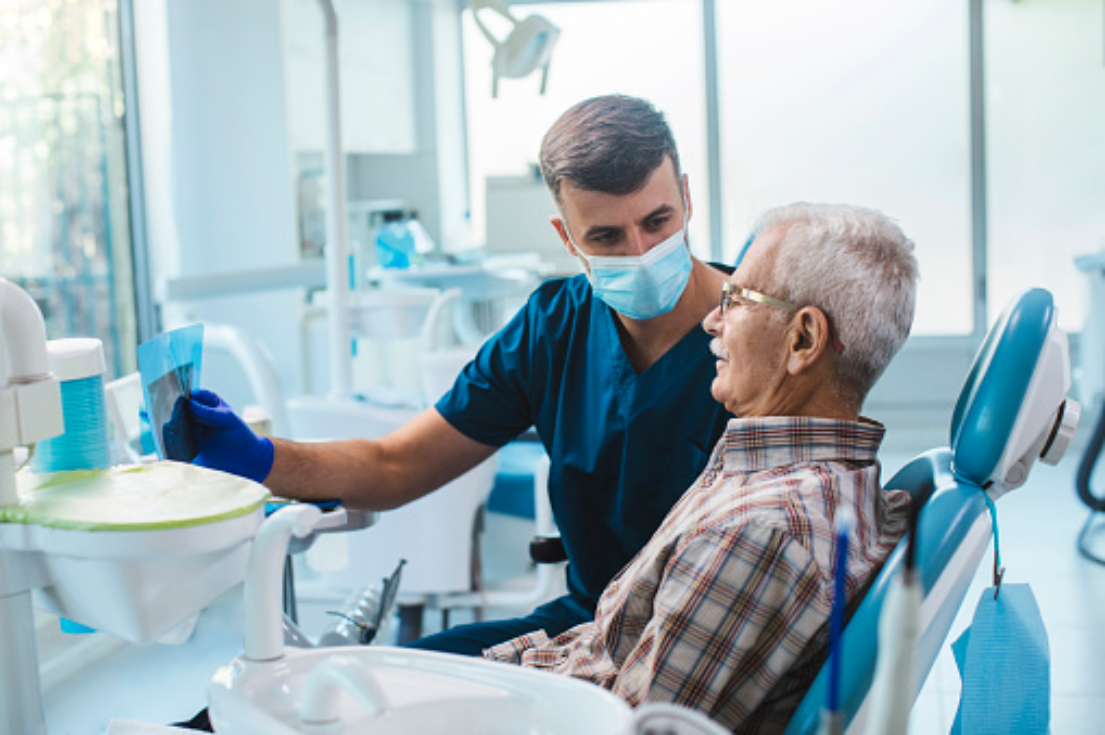
Geriatric patients have different needs
As Dr. Arthur Tomaro, who practices in Chicago points out,
when working with geriatric patients, quite often “you can no longer address
certain situations as ideal dentistry like you learned in dental school. When
we do geriatric evaluations, we relate it to their systemic condition and how
good their overall health is to determine treatment.” Your treatment plan may
look different than it would for someone who is 50 years old and likely has
many years ahead of them.
This population often has problems with worn dentition
A very common problem seen in geriatric patients arises from wear of teeth. “We’ve all seen those teeth in the aging population,” Dr. Tomaro relates, “where for instance, you look on the lower anterior incisors and you can actually see where the canal used to be. The worn dentition, the chipped incisal edges. Or you look on the maxillary anterior teeth and you see the enamel worn away and you have a stain or some slight decay along that incisal line.”
In these situations you want to maintain the integrity of
the worn tooth while stopping the patient from continuing to wear on it. A
conservative approach to doing this is through the use of a flowable bioactive composite,
usually without the need for anesthetic.
Bioactive products are especially helpful in geriatrics
Why use a bioactive composite versus a “traditional” composite? Because a big issue for many geriatric people is dexterity; they simply have a harder time keeping their teeth clean. “How many times,” asks Dr. Tomaro, “do we have these patients in every three to four months and there’s plaque everywhere—broad contacts, dark triangles and it’s just filled with plaque?”
Bioactive composites can help overcome this issue by giving
the patient extra support to fight off plaque and decay. This is because bioactive
composites contain recharging ions that provide mineral recharge. For example,
the proprietary filler particle that Shofu calls Giomer can release and
recharge six healthful ions. Together,
these ions have been clinically proven to inhibit plaque, neutralize acid and
eliminate secondary decay. It actually strengthens the tooth.
Addressing incisal abfractions
Incisal abfractions are typical conditions experienced by older adults. A major cause of this is teeth clenching or grinding, as well as the normal wear and tear that you would expect to see in a person who has had their adult teeth for over 70 years. Here’s how Dr. Tomaro uses a flowable bioactive composite to do a conservative treatment of these cases:
1. Clean out the decay – no need for anesthesia.
“Because usually in this aging population the nerves have receded or they’re
calcified,” Dr. Tomaro shares, “I’ve never had to anesthetize one, even when
working along the incisal edges of the maxillary incisors.”
However, be sure to turn down the speed on your handpiece. Since you’re not using anesthesia you will simply go in with a low-speed bur or a hand instrument and scrape out the decay.
2. Apply a universal adhesive. Dr. Tomaro’s
preference is to use either selective etch or total etch, apply the adhesive
and then use dedicated dry air and cure it.
3. Apply the bioactive flowable composite. Because
your older patient’s teeth are not likely to be as white as they were years
ago, having an appropriately wide shade selection is key. Shofu’s Beautifil
Flow Plus and Beautifil Flow Plus X, for example, are available in C and D
shades for this reason.
4. Cure and then check the occlusion. Be sure that when your patient bites down they have proper clearance.
This conservative approach to addressing incisal abfractions
in geriatric patients will stop the chipping and slow the wear on the tooth.
Addressing root conditions
In addition to abfractions, another common issue for those over the age of 80 is recession of the gingiva and other conditions that take place on the root surface itself, such as root caries.
Over time, Dr. Tomaro explains, years of clenching and grinding results in abfractions on the facial and on the cervical area, recession, and exposed roots. Exposed roots, of course, are more prone to decay.
“The beauty of the Giomer Technology and its bioactivity,” Dr. Tomaro states, “is it helps fight root caries once we place the fillings, by inhibiting the plaque and neutralizing the acids.”
It’s an excellent, conservative treatment that geriatric patients appreciate.









